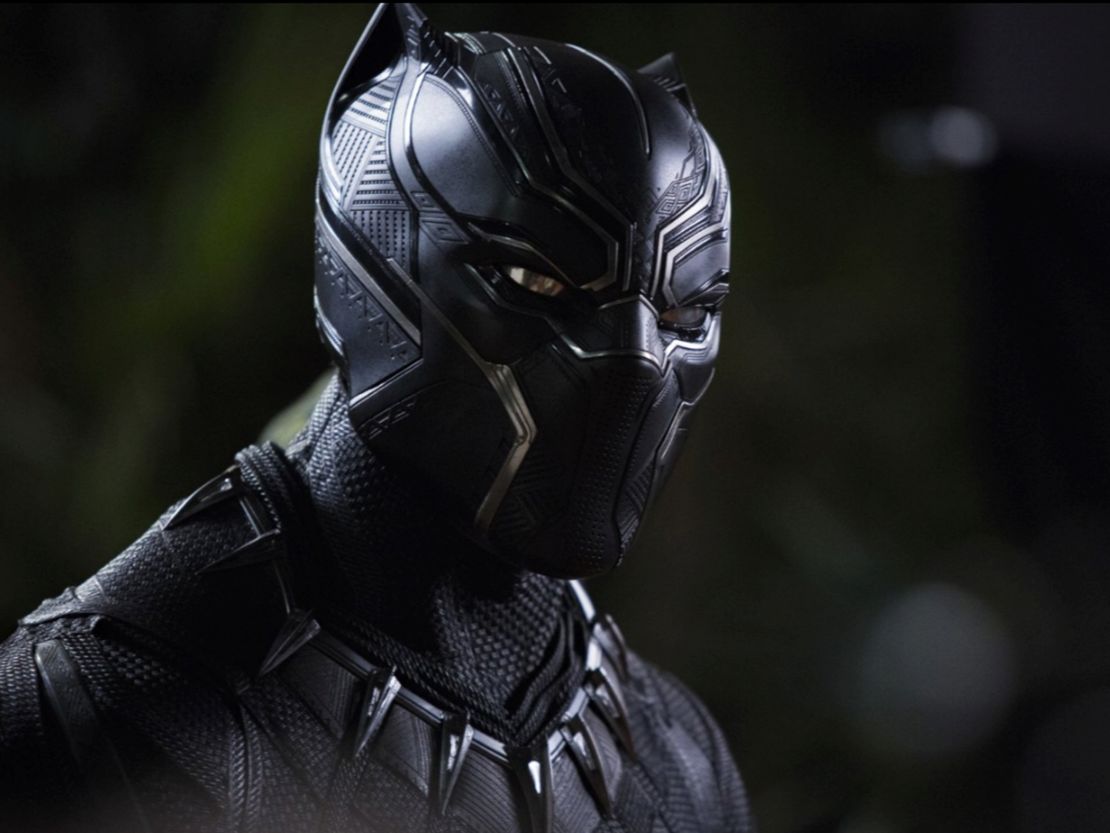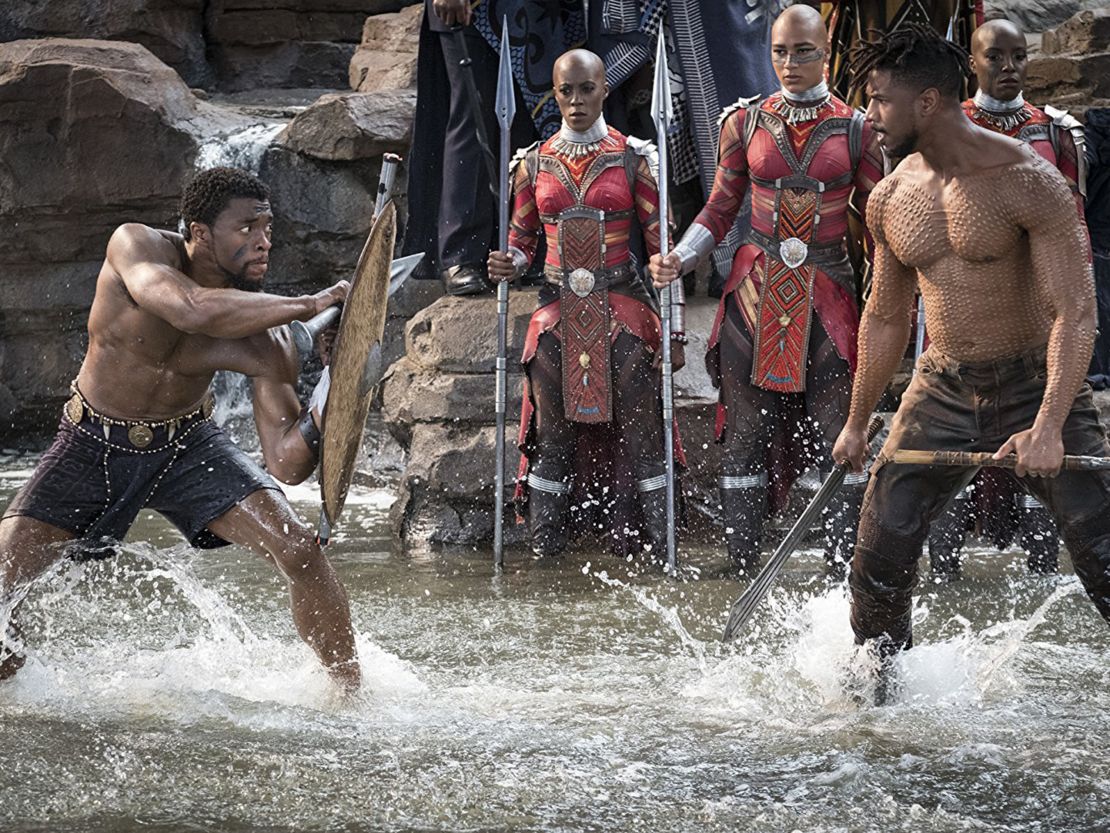Finally, Marvel has a black superhero movie – and the world of social media has said it’s lit.
Black Panther, set in the near-futuristic fictional African nation of Wakanda, is a captivating Afro-vision. A world of monorails, flying cars and medical marvels – all made possible by the discovery of vibranium, a superpower metal.
The film reimagines history. Wakanda is a secretive African country that was never colonized and is the most advanced nation in the world.
While Black Panther breaks new ground in Hollywood, the film itself owes its vision to Afrofuturism, a 20th century cultural aesthetic that subverted sci-fi – a white-dominated genre – by placing black people front and center in futuristic worlds.
“The one characteristic of the Wakandan people as far as costumes go is Afrofuturist,” Ruth E. Carter, costume designer for Black Panther, told CNN.
Afrofuturism intersects science fiction, technology and ancient African mythologies.
“It’s people of African descent looking at themselves in the future and what their society and their culture will look like ten years from now, twenty years from now, a thousand years from now,” Fikayo Adeola, founder of arts and animation company Kugali, told CNN.
The history of Afrofuturism

The term Afrofuturism was first coined by author Mark Dery in a 1993 essay “Black to the Future,” but the ideas were around long before.
From the 1950s, American jazz musician Sun Ra – who is considered one of the earliest proponents of Afrofuturism – drew on ancient African influences as well as space imagery in his music and performances.
“This was in an era where African-Americans looked very much like second class citizens. Afrofuturism was a tool that they could use to imagine a better future, and the movement continued into the contemporary era,” said Adeola.
Afrofuturism spanned literature too.
“Science fiction authors like Octavia Butler took it to the next level bringing in futuristic technology and interactions with aliens. The science fiction genre wasn’t very inclusive of black people in the early days.
“It was very much up to these early African-American authors to say that actually ‘no, there are other people in the future,’” Adeola explains.
The afrofuturistic superhero

Black Panther first appeared in Marvel comics in 1961 with The Fantastic Four. In 1977 the superhero had his own series.
The early comics attempted to subvert African stereotypes.
“You always had people in loincloths that were very tribalistic. Black Panther is very much an attempt to tackle that stereotype.
“The early comics didn’t necessarily do it that well because you had Wakanda – which is a really technologically advanced nation – but at the same time you still saw people in loincloths and in rural settings,” Adeola told CNN.
The comic book progressed.
“As the comic evolved Marvel has been able to consolidate it by keeping Wakanda very traditional whilst also acknowledging the fact that it is the most technologically advanced nation in the Marvel universe,” Adeola said.
African Afrofuturism

Afrofuturism has predominantly been in the US, but African artists are increasingly visible, carving their own unique interpretations.
“Afrofuturism roots are very much African-American but there has been a new renaissance in Africa with people trying to create works of science fiction that are inspired by our culture and aesthetics,” Adeola said.
Authors like Roye Okupe at YouNeek Studios have created Nigerian characters in near-future settings.
The hype around Black Panther is undeniable, surpassing all other previous superhero films in advanced ticket sales. But the artists and auteurs in Africa are creating their own heroes.
“We had to wait quite a long time for this. I suppose the artists and the writers that are creating Afrofuturist narratives are just not patient enough to wait for Hollywood to do it for them. And that’s one of the biggest inspirations behind the movement in Africa,” Adeola said.
There’s also been some disquiet about the cultural representations of Africa in Wakanda.
But while the wait was long, the movie has brought Afrofuturism into the mainstream.
“We need our own science fiction to give black people and African people our own voices through this wonderful medium,” Adeola said.













